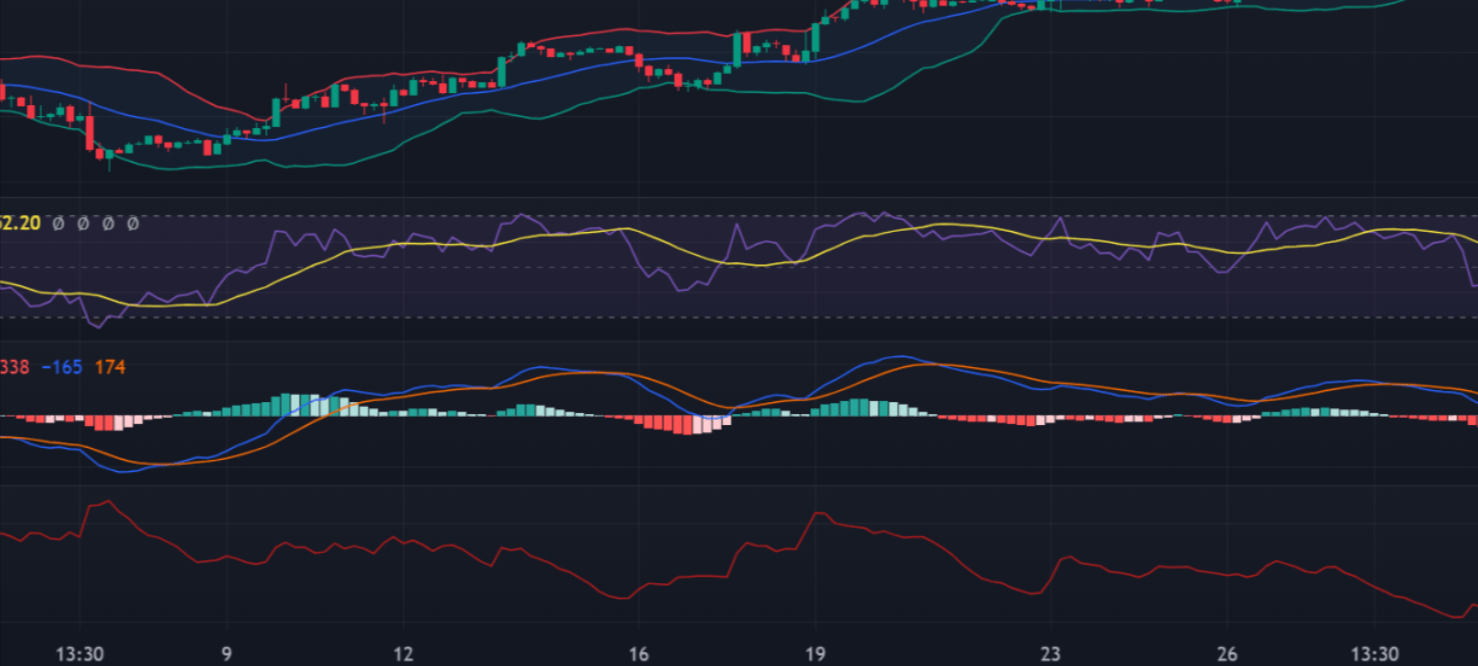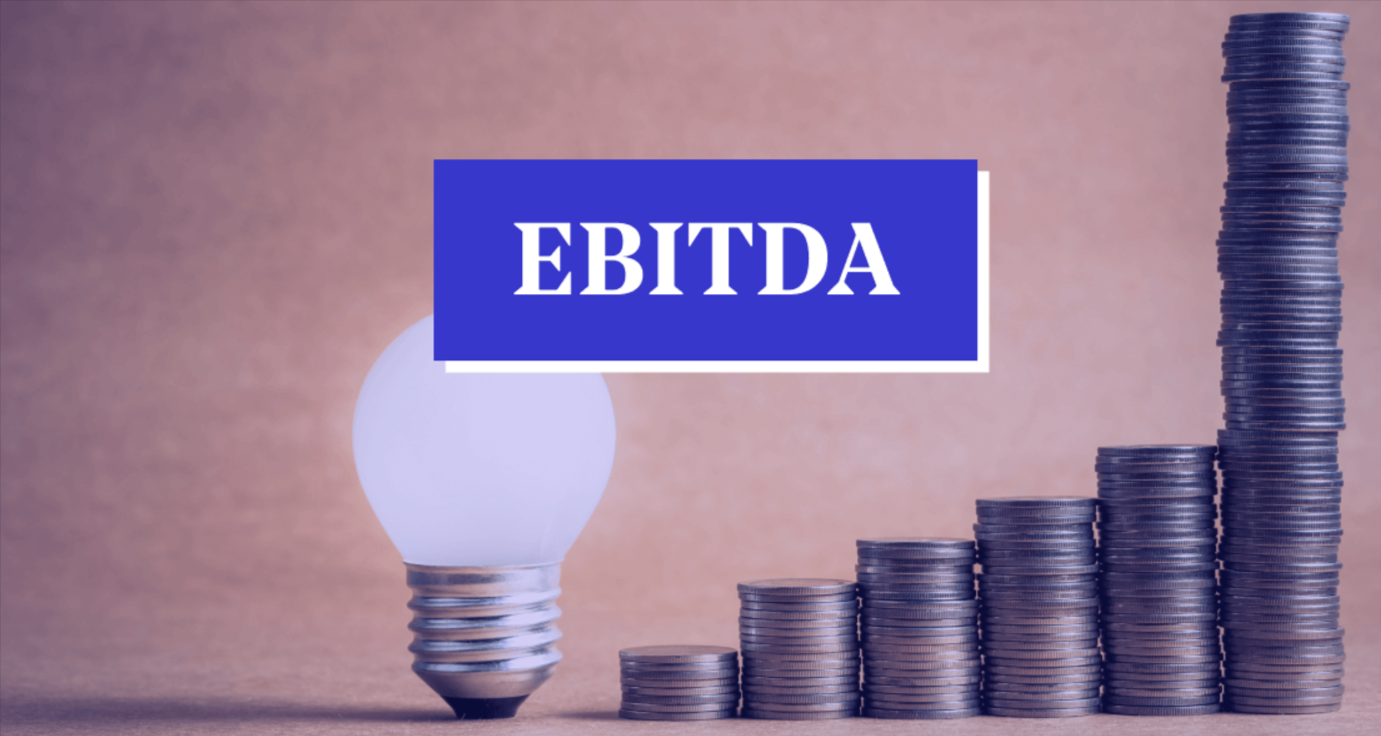Few concepts in finance capture the magic of growth as elegantly as compound interest. Albert Einstein reportedly called it the “eighth wonder of the world,” and for good reason. Whether you’re investing in equities, managing a trading portfolio, or evaluating long-term returns, compounding transforms incremental gains into exponential wealth over time.
For traders, understanding compound interest isn’t just about savings accounts or fixed deposits—it’s a critical analytical tool that can optimise decision-making and strategy refinement. In the world of leveraged trading, reinvestment, and portfolio management, knowing how to measure and harness compounding can provide a significant performance edge.
Applying Compound Interest Principles to Trading
In trading, the compounding effect doesn’t come from a fixed rate of return but rather from a sequence of profitable trades and disciplined reinvestment. When traders reinvest a portion of their gains instead of withdrawing them, they allow their capital base to grow, amplifying potential returns on future trades.
This approach can be visualised as a self-reinforcing cycle: profits lead to larger position sizes, which can lead to higher absolute profits, provided risk is managed appropriately. Over time, even small percentage gains—if achieved consistently—can result in significant portfolio expansion.
However, the reverse is also true. Compounding can magnify losses if risk isn’t carefully controlled. A 10% loss requires an 11.1% gain to break even, while a 50% drawdown demands a 100% recovery. Therefore, understanding how compounding works helps traders grasp the importance of capital preservation and steady performance.
Calculating Compound Growth in Trading Portfolios
Unlike fixed-income investments, trading returns are irregular and often fluctuate from one period to another. To evaluate performance accurately, traders use average return rates, reinvestment schedules, and compounding frequency to model potential growth.
This is where a reliable tool like an interest compound calculator becomes invaluable. By inputting parameters such as initial capital, expected return rate, compounding frequency (daily, monthly, or annually), and time horizon, traders can visualise how their equity could evolve under different scenarios.
For instance, consider a trader starting with £20,000 and targeting a modest 5% monthly return through short-term trading strategies. By compounding gains monthly rather than withdrawing profits, the capital could theoretically grow to over £430,000 after just three years—assuming consistent performance. While real-world results will vary, this projection illustrates how compounding can dramatically accelerate portfolio growth when paired with discipline and consistency.
Such calculations also help traders set realistic expectations, test strategy viability, and evaluate how different reinvestment policies or withdrawal rates might affect long-term outcomes.
Integrating Compound Interest Insights into Strategy Design
Compound interest isn’t merely a mathematical curiosity—it’s a lens through which traders can assess performance, risk, and sustainability. Incorporating compounding concepts into a trading strategy can enhance both decision-making and portfolio resilience in several key ways:
Position Sizing Based on Growth Targets
By using compound interest calculations, traders can determine how much capital to allocate per trade to stay on track with long-term growth objectives. Rather than risking a fixed cash amount, adjusting position sizes relative to growing (or shrinking) equity ensures that risk remains proportional.
Reinvestment Discipline
Traders often face the temptation to withdraw profits prematurely. While occasional withdrawals are necessary, reinvesting a portion of profits enables capital to grow at an accelerated rate. Setting structured reinvestment rules—such as retaining 70% of profits and withdrawing 30%—balances reward with sustainability.
Performance Benchmarking
Evaluating returns through a compounding lens helps traders measure true performance over time. Simple averages can be misleading, especially in volatile markets. Annualised compound growth rates (CAGR) provide a more accurate picture of how effectively capital is growing across fluctuating conditions.
Risk and Drawdown Management
Compounding works both ways—losses compound, too. By understanding this, traders are more likely to adopt robust stop-loss strategies and avoid overleveraging. Protecting capital from large drawdowns is crucial for allowing the compounding effect to continue working in one’s favour.
Time Horizon Optimisation
Compounding thrives on time. Traders with a longer-term perspective can afford to let profits accumulate and reinvest naturally. Short-term traders, meanwhile, can apply compounding principles by scaling up gradually and maintaining performance consistency rather than seeking large, unsustainable wins.
Using Tools to Enhance Strategic Planning
Modern trading tools have made it easier than ever to model potential outcomes and refine strategies based on realistic assumptions. The interest compound calculator is particularly useful because it bridges theoretical finance and practical application.
By experimenting with different compounding intervals, traders can see how frequently reinvestment affects growth. For example, monthly compounding yields better results than annual compounding because profits are reinvested more often, though it may increase exposure to market volatility.
This kind of scenario analysis empowers traders to make informed choices about pacing, profit-taking, and capital allocation. Whether planning for long-term wealth accumulation or testing the scalability of a short-term trading system, such tools offer essential clarity.
Conclusion
In trading, success is rarely about hitting home runs; it’s about staying in the game long enough for compounding to do its work. By understanding how compound interest shapes growth, traders can structure their strategies around patience, precision, and persistence.
Tools like the interest compound calculator enable traders to visualise these dynamics clearly—turning abstract principles into actionable insights. Whether you’re optimising position sizes, reinvesting profits, or planning long-term wealth goals, mastering compound interest can help you transform consistent performance into lasting financial progress.


